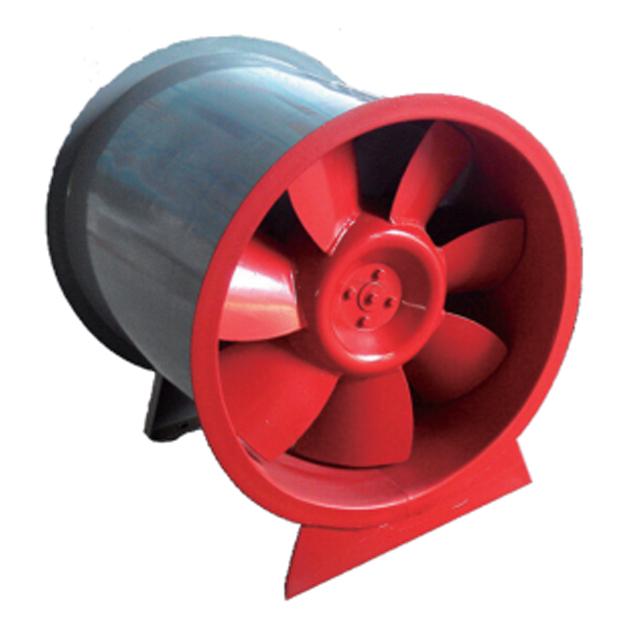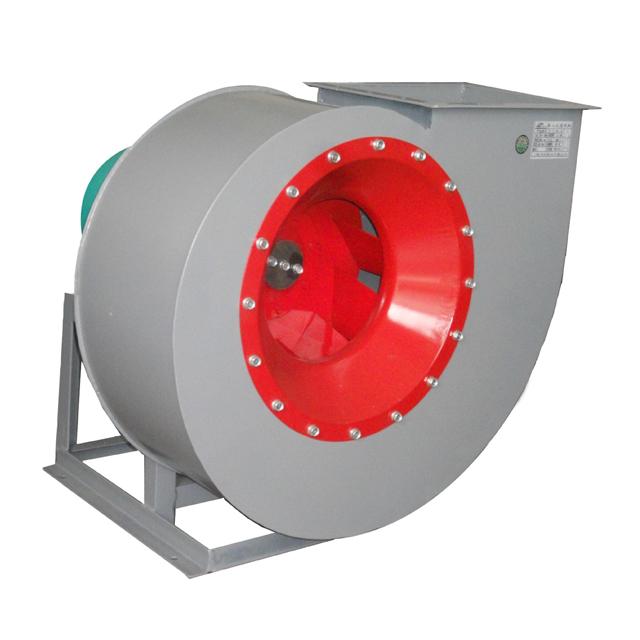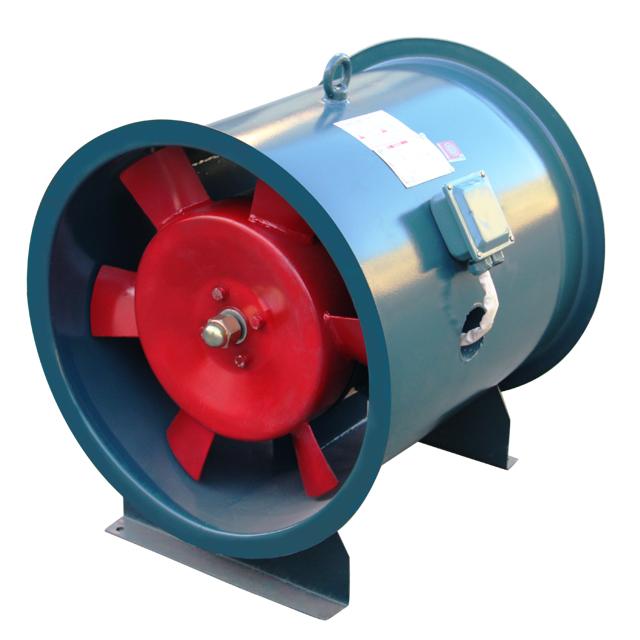Analysis of the role of the static pressure box in ventilation engineering
1.1 Definition and function
In the ventilation engineering, the static pressure box plays a crucial role. As a key component in the ventilation system, its main function is to adjust and stabilize the pressure of the air flow, ensure that the air is evenly distributed in the pipeline, reduce the airflow noise, and relieve the airflow impact. The design principle of the static pressure box is based on fluid dynamics and realizes the precise control of air flow through the optimization of its internal structure.
The definition of a static pressure box can be simply understood as a device for regulating air static pressure. In the ventilation system, air is powered through the fan and is fed to the area. However, due to the influence of pipe length, elbow, branches and other factors, etc., the state of air flow in the pipe is often uneven, with pressure fluctuations and noise problems. At this point, the static pressure box plays its unique role. Through its internal damping structure and pressure balance design, the static pressure box can effectively balance the airflow distribution, reduce the airflow noise, and improve the overall performance of the ventilation system. The static pressure box can also effectively alleviate the airflow impact, protect the downstream equipment from damage, and prolong the service life of the equipment.
1.2 Location and layout
In the ventilation system, the position and layout of the static pressure box is very important, which directly affects the performance and efficiency of the whole system. In general, the static pressure box is installed on the key nodes of the ventilation pipe, such as upstream of the air supply outlet or downstream of the return air outlet, to play its unique regulating role. This layout helps to balance the airflow distribution and reduce the loss of drag in the pipeline, thus improving the overall performance of the ventilation system.
In terms of layout, the design of the static pressure box needs to consider the overall structure and spatial layout of the ventilation system. Through reasonable layout, can ensure the smooth connection between the static pressure box and ventilation pipe, reduce airflow resistance. At the same time, the size and capacity of the static pressure box will also need to be considered to ensure that it can meet the needs of the system.
The layout of the static box also needs to consider the scalability and maintainability of the system. The ventilation system may need to be adjusted or expanded. Therefore, possible future changes need to be considered in the layout and sufficient space. At the same time, in order to facilitate maintenance and overhaul, the layout of the static pressure box also needs to consider easy access and operation.
2.1 Balanced airflow distribution
In ventilation engineering, the static pressure box plays a crucial role in balancing the airflow distribution. The uniformity of airflow distribution often leads to poor ventilation effect, and even the formation of airflow corners in some areas, affecting the indoor air quality. Through its unique structural design, the static pressure box can effectively balance the airflow distribution and ensure the uniform flow of air in the ventilation system.
The static box works on the rational layout of its internal space and airflow guidance design. When the air passes through the static pressure box, its flow rate and flow direction will be guided and regulated by the inner wall of the box, so as to realize the uniform distribution of air flow.
In practice, the function of the balanced airflow distribution of the static pressure box has been widely verified.
The function of balanced airflow distribution of the static pressure box is also reflected in its adaptability to different regions.In large buildings or complex environments, the demand for airflow may vary in different areas. Through its adjustable design, the static pressure box can adjust the airflow distribution according to the actual demand to ensure that each area can obtain the desired ventilation effect.
2.2 Reduce airflow noise
In ventilation engineering, the pressure box play a crucial role in reducing airflow noise. Air flow noise not only affects people's comfort and work efficiency, but also may interfere with the normal operation of the equipment. Through its unique structural design, the static pressure box can effectively reduce the airflow noise. According to the study, in the ventilation system installed with the static pressure box, the airflow noise can be reduced to less than 60% of the original, which significantly improves the comfort of the indoor environment.
The principle of the static pressure box to reduce the airflow noise is that it has multiple damping layers, which can absorb and disperse the kinetic energy of the airflow, thus reducing the impact and vibration of the airflow, and thus reducing the generation of noise. The static pressure box can balance the airflow distribution, making the air flow more stable when passing through the static pressure box, reducing the irregular flow and turbulence of the airflow, and further reducing the noise level.
In practical application, the effect of static pressure box in reducing airflow noise has been widely recognized.
2.3 Reduce the airflow impact
In the ventilation engineering, the static pressure box plays a critical role in relieving the airflow impact. When the air flows in the ventilation system, due to the pipeline design, wind speed difference or equipment layout and other factors, often produce airflow impact, which will not only affect the normal operation of the ventilation system, but also may cause damage to the equipment in the system. Through its unique structural design, the static pressure box can effectively alleviate this airflow impact.
The internal static pressure box is usually equipped with multiple partitions or baffles, which can disperse the rapidly flowing air into multiple small air streams, thus reducing the airflow speed and reducing the impact force. According to the experimental data, in the ventilation system installed with the static pressure box, the airflow impact force was reduced by about 30%, which significantly improved the stability and safety of the system.
In addition, the static chamber can further reduce the impact of air impact on the system equipment through its internal air buffer layer. When the air flow passes through the static pressure box, a stable layer of air is formed inside, which can absorb and disperse the energy of the air flow like a "buffer cushion", thus protecting the system equipment from damage.
3.1 Improve the ventilation efficiency
In the ventilation engineering, the static pressure box plays a crucial role in improving the ventilation efficiency. Through its unique design and function, the static pressure box is able to significantly optimize the air flow and ensure the efficient operation of the ventilation system. According to the research data, in the ventilation system installed with the static pressure box, the uniformity of the air flow rate is increased by about 30%, thus effectively reducing the resistance of the air flow and improving the ventilation efficiency.
The role of the static pressure box in improving ventilation efficiency is not only reflected in its function of balancing airflow distribution, but also reflected in its ability to reduce airflow noise and relieve airflow impact. By reducing the airflow noise, the static box creates a more quiet and comfortable atmosphere for the indoor environment; by alleviating the airflow impact, the static box effectively protects the equipment and pipes in the ventilation system and extends the service life. The combination of these functions makes the static pressure box play an important role in improving the ventilation efficiency.
3.2 Reduce energy consumption
In ventilation engineering, the static pressure box plays a vital role in reducing energy consumption. Through its unique design and function, the static pressure box can significantly improve the efficiency of the ventilation system, thus reducing energy consumption. According to the research report of the authority, the properly configured static pressure box can reduce the energy consumption of the ventilation system by more than 20%. This remarkable effect is mainly due to the balance effect of the static pressure box on the airflow distribution, which can effectively avoid the airflow short circuit and eddy current phenomenon, make the air flow more smooth, and reduce the unnecessary energy loss.
In addition, in the design and installation process of the static pressure box, it also needs to fully consider the material selection and durability, size and capacity determination, and installation location and method and other factors. High-quality materials and reasonable size design can ensure the long-term and stable operation of the static pressure box, reducing the additional energy consumption caused by maintenance and replacement. At the same time, the reasonable installation position and way can also maximize the role of the static pressure box and improve the overall efficiency of the ventilation system.
4.1 Material selection and durability
In the ventilation engineering, the material selection and durability of the static pressure box are the key factors that cannot be ignored in its design and installation process. The choice of material not only determines the service life of the static pressure box, but also directly affects its performance stability and maintenance cost. At present, the common static pressure box material on the market includes galvanized steel plate, stainless steel, aluminum alloy and so on. Among them, galvanized steel sheet is the first choice for its good corrosion resistance and lower cost. However, in special circumstances, such as high humidity or corrosive gas more places, stainless steel material is favored for its excellent corrosion resistance.
In addition, the selection of materials also needs to consider its processing performance and maintainability. For example, although aluminum alloy material is light and easy to process, but may produce oxidation reaction in some chemical environment, affecting the service life. Therefore, in the selection of materials, it is necessary to comprehensively consider its use environment, processing difficulty, maintenance cost and other factors.
4.2 Determination of size and capacity
In the ventilation engineering, the size and capacity determination of the static pressure box is a crucial link. This is not only related to the overall performance of the ventilation system, but also directly affects the efficiency and effect of the air flow. When determining the size and capacity of the static pressure box, many factors need to be considered comprehensively, such as the air volume of the ventilation system, pipeline layout, space limitation, etc.
First, air volume is the key factor affecting the size and capacity of the pressure box. According to the design requirements of the ventilation system, we need to calculate the required air volume, and determine the minimum capacity of the static pressure chamber accordingly.
Secondly, the pipeline layout is also an important basis for determining the size and capacity of the static pressure box. The pipe layout in the ventilation system is complex and diverse, and different pipe layouts have different requirements on the size and capacity of the static pressure box.
In addition, space limitation is also one of the factors to be considered when determining the size and capacity of the static pressure box. In practical engineering, due to the limitations of the building structure and spatial layout, the size and capacity of the static pressure box often need to be compromised under the premise of meeting the ventilation requirements. Therefore, in the design process, we need to make flexible adjustments according to the specific situation to ensure that the size and capacity of the static pressure box meet both the ventilation requirements and the limitations of the actual engineering.














